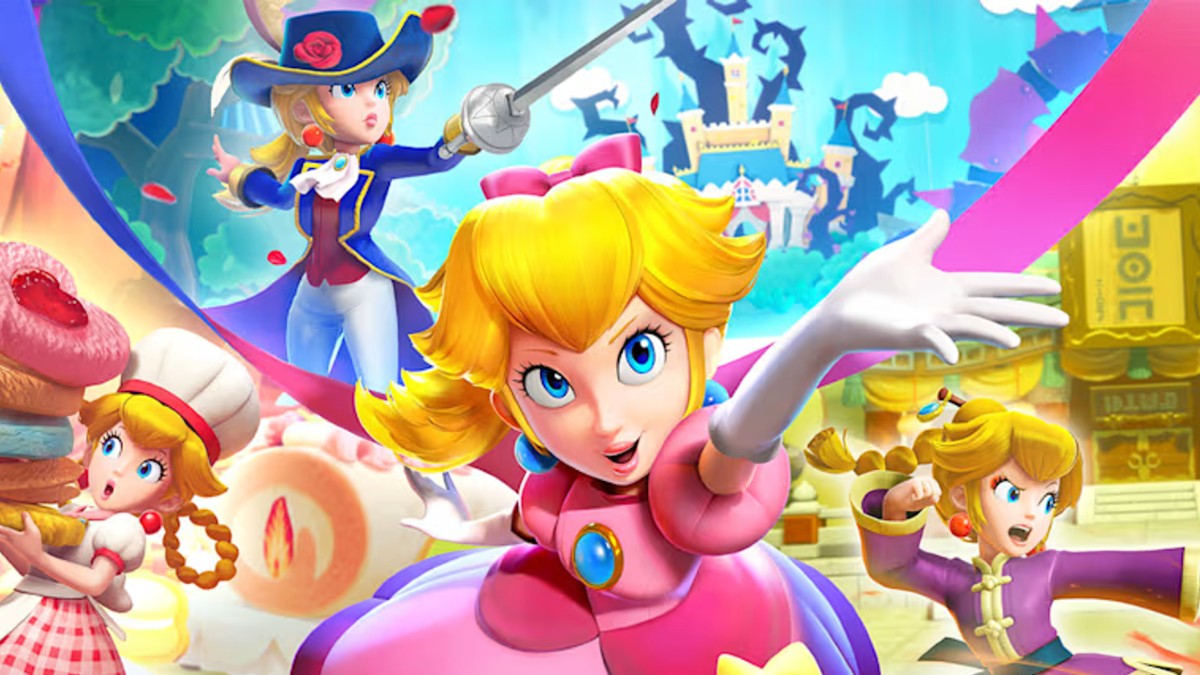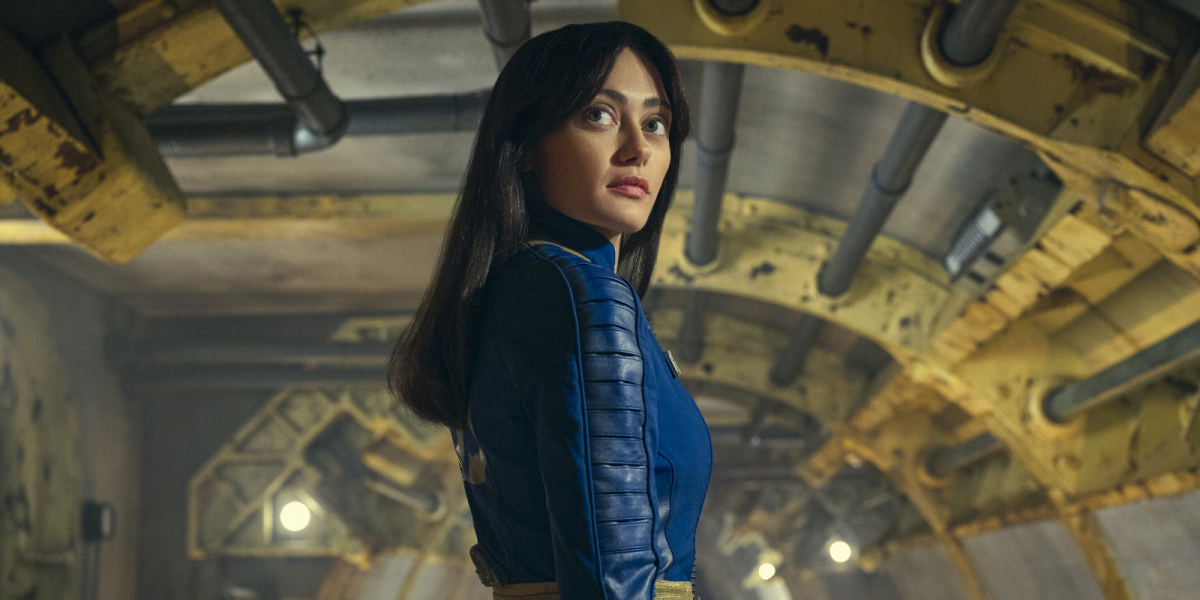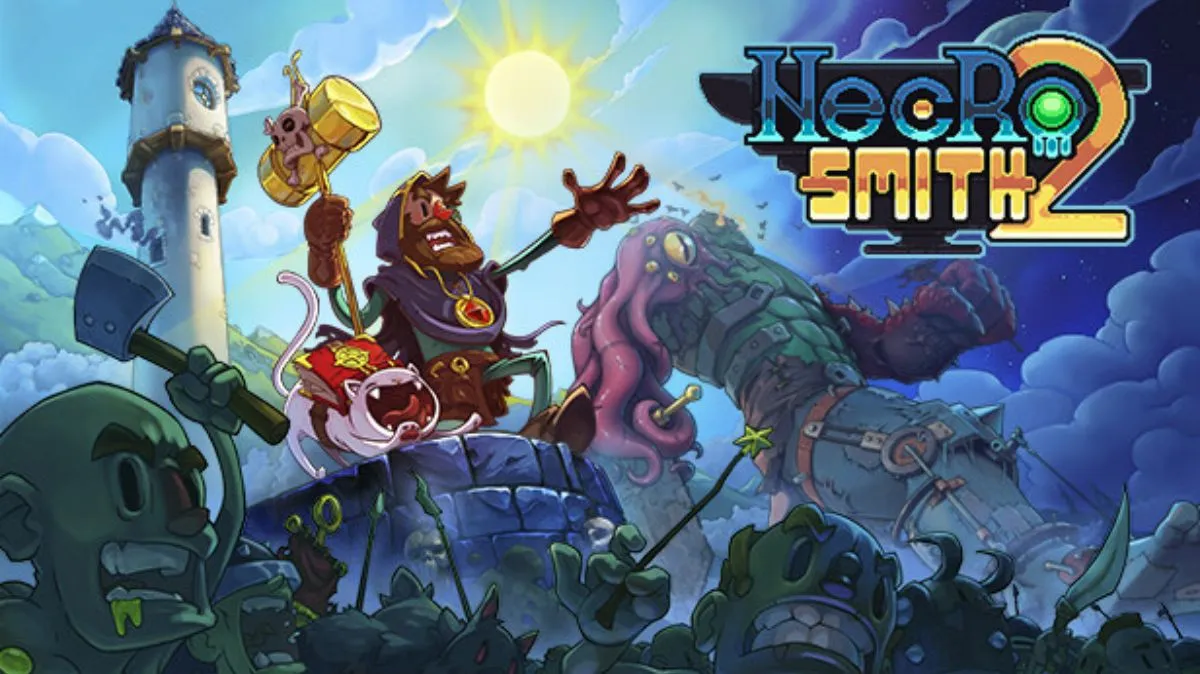With the passage of time, often our nostalgia can blind us to the merits, or faults, of beloved, and sometimes dreaded, anime. Through this series I plan to take an objective look at these anime so that those who might be interested have a reference point before they devote their time to a show or film. In order to be considered for these reviews, the anime in question must be at least 15 years old. The final rating of the show will be based on five components: story, visuals & animation, voice acting, music, and lasting impressions. I hope this series will be a guiding light to those who have an interest in the history of animation, or are even just big fans of a certain era of anime. If you have any suggestions for what series I should cover next, or just want to discuss your favorite anime, sound off in the comments below!

Originally Aired: April 3 1998 – April 24 1999. Produced by Sunrise Inc., the version watched was dubbed by Animaze and ZRO Limit Productions in 2001.
Cowboy Bebop is a hard anime to write about, as it was the first one that I had ever sat down and watched all the way through and it stands today as my favorite show of all time. Before, I never dismissed anime, it’s just that I had never really gotten into it, as a lot of the most popular shows (Naruto, One Piece, etc.) had such long runs that “catching up” was a daunting task. During one of my summers in college, I studied at Oxford University and one day my colleagues and I started talking about anime. After revealing that I had never watched a full series, one of the friends I had made on the trip suggested that I check out Cowboy Bebop, and when I asked why, he said, “Just trust me.” To this day I don’t think that there is a better piece of advice for Cowboy Bebop, as it ended up being one of the most fulfilling experiences I have ever had, and is a sentiment most I have spoken with about it felt as well.
This show first debuted under the tagline, “a new genre unto itself,” something that the writer, Shinichiro Watanabe, originally meant as a joke. Whether he knew it at the time or not, his small jab at genre mixing would indeed spawn a new wave of Neo-noir Space Western shows such as Mobile Suit Gundam: Iron-Blooded Orphans, Space Dandy, and even Firefly, all fairly popular productions in their own right. Watanabe’s mix of genres also served the show well, as it went on to become one of the most highly praised anime of all time, picking up several awards along the way. Anyone familiar with anime will have at least heard this show, and most will have seen some of it. Bebop was the perfect ending to the era of 90s anime, as it exhibited some of the decade’s most important themes: loneliness, existentialism, and death, as well as proving how far the anime genre had come since the 80s. While many influential series debuted in the 90s, none had quite the artistic impact that Cowboy Bebop did.
Cowboy Bebop centers on the adventures of Spike Spiegel, a taciturn bounty hunter whose reckless behavior often does more harm than good. As his partner, and the captain of their ship, The Bebop, Jet Black often acts as the caretaker and intelligence gatherer for the ship. Later the crew reluctantly welcomes Faye Valentine, a destructive young woman with a mysterious past, Ein, a super-intelligent Welsh Corgi, and Edward, a teenage girl and the most notorious hacker in the solar system.
Most of the 26 episodes are self-contained story arcs that follows one of these characters attempting to collect bounties, but sometimes the show will take time to “fill in” the gaps in the back stories of the characters. I say “fill in” mainly because a lot of Cowboy Bebop‘s magic comes from mystery, meaning that we only pick up details a little bit at a time, and often ambiguous ones at that. This type of Hemingway-esque storytelling eliminates a lot of problems people have with anime, such as over-exposition and over overblown plots, but keeps the audience engaged as they try to figure out the enigmatic references and behaviors of their characters.
The episodic nature of Bebop‘s stories also makes the show easy to pick up and put down, as well as able to engage all kinds of different genres and storytelling approaches. These “sessions” can range from film noir pieces, wacky Pineapple Express-esque stories, and even a complete homage to the original Alien film. Possibly the most powerful episodes in the series are the five episodes that deal with Spike’s past and his former ally-turned-antagonist Vicious. The Vicious episodes are placed throughout the series and reveal a lot as time goes on, but I’m going to leave that up to you to discover.
The visuals of the show are distinct and certainly create their own world to inhabit. As with some of the more popular anime films, such as Akira or Spirited Away, Cowboy Bebop takes the time to stop let the world breathe. Every new planet that The Bebop visits is distinct and the character designs never feel out of place. A large part of Bebop is creating atmosphere, which it does beautifully through still shots and slow pans. The animation is some of the best that I’ve ever seen for televised anime, although there are a few brief moments throughout the series when the animation seems to drop in quality for one shot, but it was so seldom that most viewers would never notice. One of the perks of Bebop‘s high animation quality is its ability to make fight scenes look top notch. Spike, a practitioner of Bruce Lee’s own brand of martial arts, gets realistic and smooth fight scenes that emulate the kung fu movies they’re based on, an element that only improves in the later 2001 film. The visual attention to detail in Cowboy Bebop is of the highest caliber and rarely shows the limitations of televised animation.
Before I get to the music, I want to take a moment to discuss voice acting. Throughout all of my viewings of Bebop I have always watched the standard broadcast dub featuring none other than Steve Blum as Spike, famous for his roles as, well just about everyone in everything, even TOM, the host of Toonami. Joining Steve Blum are notable names such as Wendee Lee (Alpha 6 from Power Rangers) as Faye and Skip Stellrecht (Might Guy from Naruto) as Vicious. There is no character that doesn’t have a voice that fits them perfectly and Steve Blum’s role as Spike is nothing short of iconic. Even the extras felt well cast, especially the hilarious group of old men that continually show up throughout the series. No expenses were spared for this dub and the quality shows.
If you are interested in music at all, Cowboy Bebop is one of the most impressive and highly stylized soundtracks ever made for an anime. Watanabe may have envisioned a, “new genre unto itself,” but Yoko Kanno exemplifies this through her groundbreaking work on the Bebop soundtrack. Spanning over six albums, the music for the show spanned from smooth jazz and backwater blues all the way to funky techno and even heavy metal. It’s really hard to envision how all of this may fit into one show cohesively, but Kanno’s creations are some of the most fitting compositional pieces in anime history. One part of this relationship is how the music serves the show’s atmosphere. Not only does the world feel alive with people, places, and things to look at, each new location, person, and scenario has its own music to coincide. Most episodes specify in the title the genre of music it will be focusing on, making each “session,” as they call them, feel like a musical exploration and experiment that has yet to be rivaled. Rather than let you all wonder though, I’ll just leave this clip from early in the show below to demonstrate how the voice acting, visuals, animation, and music all sync up to make the Bebop world feel that much more authentic and beautiful:
It is no doubt that Cowboy Bebop has had its lasting significance, and its qualities prove why critics are still raving over this classic. While the dark, solemn nature of the series may not be everyone’s cup of tea, Bebop takes what it wants to cover and puts it on masterful display. This series is short and bittersweet, but it is an experience I think every anime fan should have at least once. Plus, who could really reject the incredibleness that was this? See you Space Cowboy…
[rating=5]



